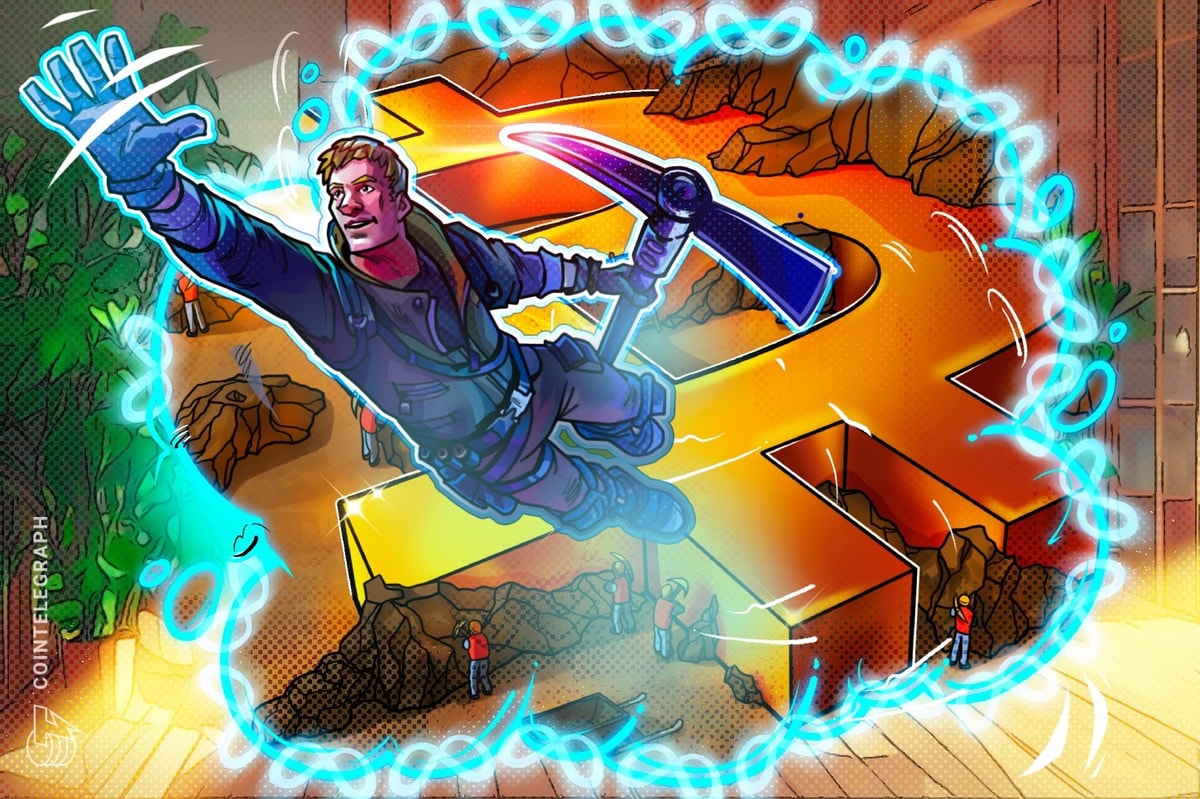As on-chain and off-chain storage of nonfungible tokens (NFTs) have their own unique pros and cons, Web3 executives urged creators to consider what types of NFTs deserve a residence in the blockchain and which should live outside the chain.
In 2022, NFTs were not stored on the blockchain. The norm then was that NFTs in the blockchain pointed to a data storage location outside the chain. Jana Bertram, the head of strategy at Rari Foundation, said that the problem with this type of NFT storage was highlighted early in the FTX bankruptcy saga. At the time, NFTs hosted on FTX broke, showing blank images instead of the original artworks. Bertram explained:
“Off-chain storage relies on the network’s accessibility and the storage layer availability. This implies that the security of the NFT is susceptible to more potential compromises, affecting its permanence.”
However, the advent of Bitcoin Ordinals changed the game. With Ordinals, NFT data is now stored on-chain, giving birth to a different trade-offs. While Bitcoin-based NFTs lived on the blockchain, giving them advantages like permanence, it also sparked a debate on whether NFTs should be in the Bitcoin network. Many continue to argue that Ordinals are clogging the Bitcoin network, while a different group advocates for the continued existence of NFTs in Bitcoin.
Without the inscriptions, that bug wouldn't have been fixed, without the ordinals, the miners' work wouldn't have been so rewarding, without the ordinals, we wouldn't have had such high volumes. #Bitcoin is freedom, and the goal has always been to make it accessible to everyone.…
— RAF (@RAF_BTC) December 6, 2023
With different storage options available, Web3 creators must now decide where to put their NFTs. While this could be a confusing dilemma, professionals in the NFT space explained how creators might decide where to store NFTs.
Witek Radomski, the co-founder and chief technology officer of Atlas Development (Enjin), told Cointelegraph that for handling lots of data, off-chain storage is the most cost-effective. On the other hand, on-chain storage could be like a “permanent, tamper-proof vault.” Radomski added:
“I think creators should decide what deserves the vault treatment and what can live in the cloud.”
Radomski also explained that a hybrid option, like Filecoin and the InterPlanetary File System (IPFS), provides a decentralized storage option. The executive said that, unlike Bitcoin, these solutions are designed for storage. “Storing images in IPFS still gives you the benefits of decentralization, but with much lower costs,” he explained.
Related: Elon Musk slams NFTs but ends up arguing the case for Bitcoin Ordinals
Meanwhile, Bertram told Cointelegraph that whether an NFT should reside on or off-chain depends on its intended purpose. Bertram said:
“For instance, an NFT representing a house title may warrant on-chain storage, whereas an NFT for a brand loyalty membership may find ample sufficiency in an off-chain existence.”
The executive highlighted that projects should navigate the trade-off between security and scalability, carefully evaluating the specific use case of NFTs before deciding where to store the assets.
Magazine: SEC ‘backed into a corner,’ IRS tracks crypto trades, and Mickey Mouse NFTs: Hodler’s Digest











